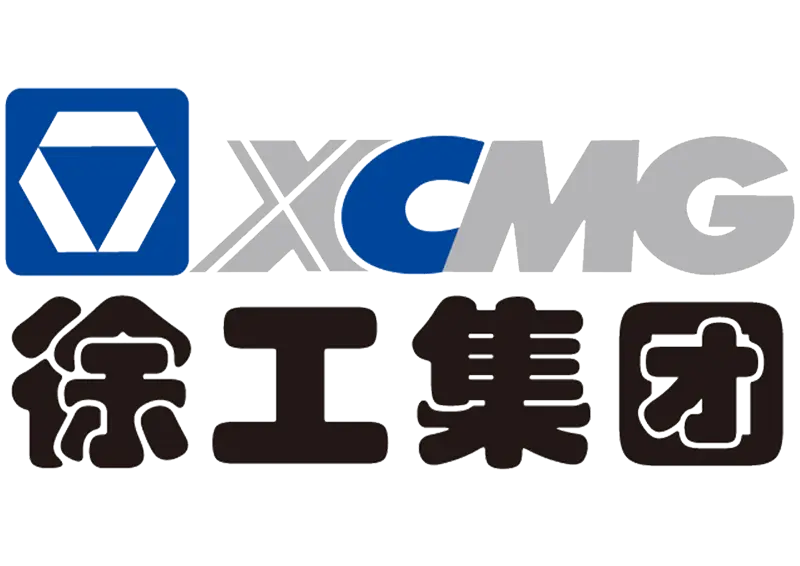Loaders and wheel loaders can be regarded as different expressions of the same type of machinery in a broad sense, but there may be some subtle differences between the two in specific applications and details, which are mainly reflected in the following points:
1. Definition and use
Loader: A loader is a kind of earthwork construction machinery widely used in construction projects such as roads, railways, buildings, hydropower, ports, and mines. It is mainly used to shovel bulk materials such as soil, sand, lime, coal, etc., and can also be used for light shoveling operations on ore, hard soil, etc. Replacing different auxiliary working devices can also perform bulldozing, lifting and loading and unloading operations of other materials such as wood.
Wheel loader: A wheel loader (Wheel Loader) is a type of loader, specifically a loader that uses tires as a walking device. It is also widely used in various construction projects and has the main functions and characteristics of a loader.
2. Structural characteristics
Loader: A loader usually consists of a frame, a power transmission system, a walking device, a working device, a steering and braking device, a hydraulic system, and a control system. Depending on the walking device, loaders can be divided into two types: wheeled and crawler.
Wheel loader: Wheel loaders use tires as running gear, which has the advantages of good maneuverability, no damage to the road surface, and easy operation. Its structure usually includes power unit, frame, running gear (tires), transmission system, steering system, braking system, hydraulic system and working device, etc.
3. Classification and power
Loader: Loaders can be classified according to power size, but the type of running gear is not particularly emphasized. For example, loaders with a power of less than 74kw are usually called small loaders, and those with a power of 74~147kw are medium loaders, and so on.
Wheel loader: Wheel loaders can also be classified according to power size, and because they use tire running gear, this is usually specifically pointed out during classification. In addition, wheel loaders can be further subdivided according to the transmission form (such as hydraulic-mechanical transmission, hydraulic transmission, electric transmission, etc.) and loading and unloading methods (such as front unloading, rotary, rear unloading, etc.).
IV. Applications
Loader: Loader has become one of the main types of machines for earthwork construction in engineering construction due to its advantages such as fast operation speed, high efficiency, good maneuverability and easy operation. It is suitable for shoveling, bulldozing, lifting and other operations in various construction projects.
Wheel loader: Wheel loader is particularly suitable for occasions that require fast movement and flexible operation, such as roads, railways, ports, docks, etc. Since the tire walking device causes less damage to the road surface, it is also more suitable for use in urban construction and maintenance. At the same time, wheel loaders can also be equipped with different auxiliary working devices according to specific needs to cope with various complex working environments.
